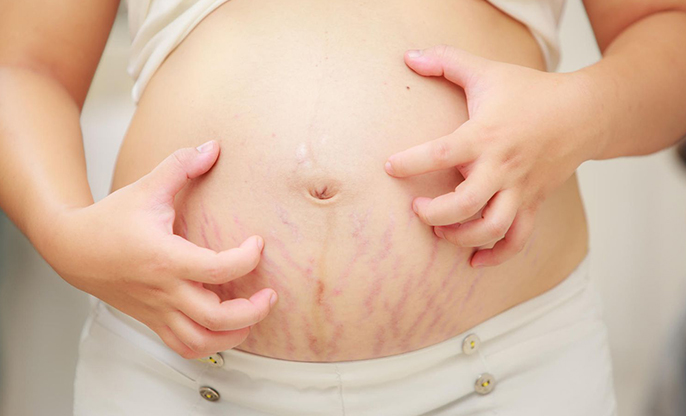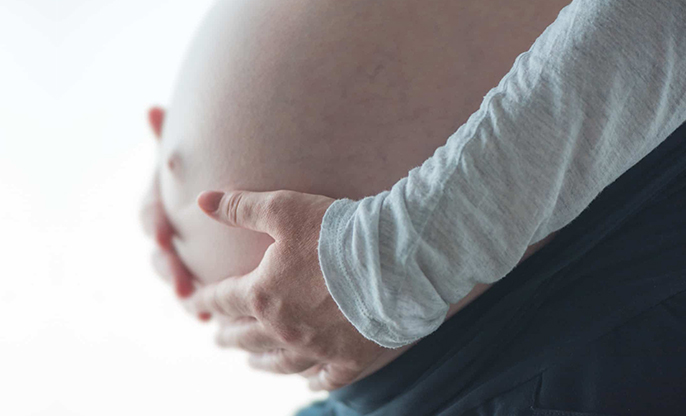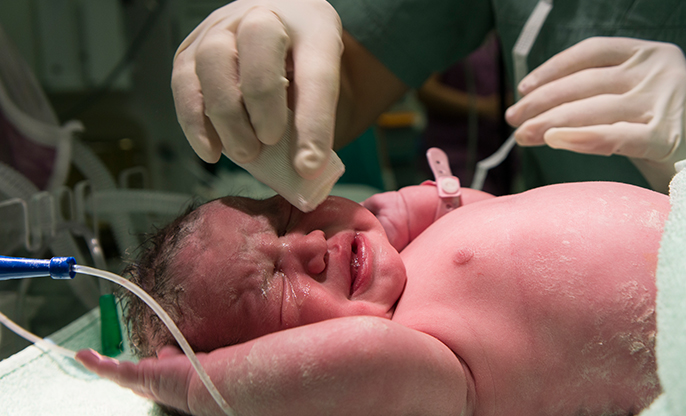
Morning sickness results in occasional vomiting and nausea. In fact, most women can retain some foods and fluids in their stomachs, and the symptoms disappear or subside after the first trimester. But, ongoing vomiting and nausea can be termed Hyperemesis gravidarum.
Hyperemesis
gravidarum is a medical term involving morning sickness affecting some pregnant
women. They experience relentless and excessive vomiting and nausea, leading to
vomiting almost 3 to 5 times daily. The question that arises is how much is too
much and how can we judge the amount of vomiting considered "too
much" in hyperemesis gravidarum. The mother's condition varies according
to the stage of pregnancy and differs from individual to individual.
In general, it is a cause of concern if a pregnant woman
suffering from hyperemesis gravidarum is not able to:
- Retain
any fluids or foods for more than 24 hours
- If
she is experiencing severe dehydration, she should seek medical attention
immediately.
- Rapid
heartbeat.
- Wants
to stick close to home because the vomiting pattern is unpredictable
- It is challenging to cope with pregnancy symptoms because of the constant unwell feeling.
Other warning signs where can say vomiting "can be taken as
too much" involve:
- Persistent
extreme vomiting and nausea
- Vomiting
frequently to more than 3-4 times daily
- Vomiting
with blood
- If
the body weight loss is more than 5% of the pre-pregnancy weight.
- Light-headedness
or Fainting
- Dehydrated
and constantly dizzy
- Rapid
heartbeat
- Low
blood pressure
- Severe
abdominal pain or cramping
- Dry skin
Sickness in
pregnancy is common, and almost 8 out of 10 women complain about the same. They
feel sick and nauseous and may vomit frequently during the first trimester
anytime during the day. But around the 12th to the 20th week, nausea wanes away
and may stop altogether.
But on the other
hand, some pregnant women are sick with bad nausea and vomiting spells, and the
agony refuses to end. They throw up several times a day and cannot digest even
fluids. The lack of fluid and food intake impacts their daily life, and they
need medical attention.
There is no
particular reason for it, but if you cannot retain your food, it can lead to a
lack of moisture in the body, so consult a professional. Vomiting frequently is
concerning and may be nearing the end of the nausea and vomiting spectrum for
some. Treatments can help prevent nausea because the situation can turn
uncomfortable for the pregnant woman.
Generally,
Hyperemesis Gravidarum (HG) or severe nausea and vomiting in pregnancy start
between the 4th and 6th weeks and become better maximum by the 20th week. But,
in some cases, the vomiting continues intermittently during the pregnancy and
maybe even later. Hyperemesis Gravidarum can be 'dry' also. In this case, there
is no vomiting or throwing up, but symptoms like nausea are very severe, so
much so they affect the fluid and food intake, thus causing dehydration and
malnourishment.
The symptoms of HG typically peak between 9-13 weeks, and almost 20% of women may require care for hyperemesis throughout their pregnancy. If a pregnant woman is experiencing any of these symptoms, it is concerning, and she needs to seek medical attention immediately before things get complicated. Prompt treatment is essential in this case as it can lead to a serious condition for the mother and the child.





































